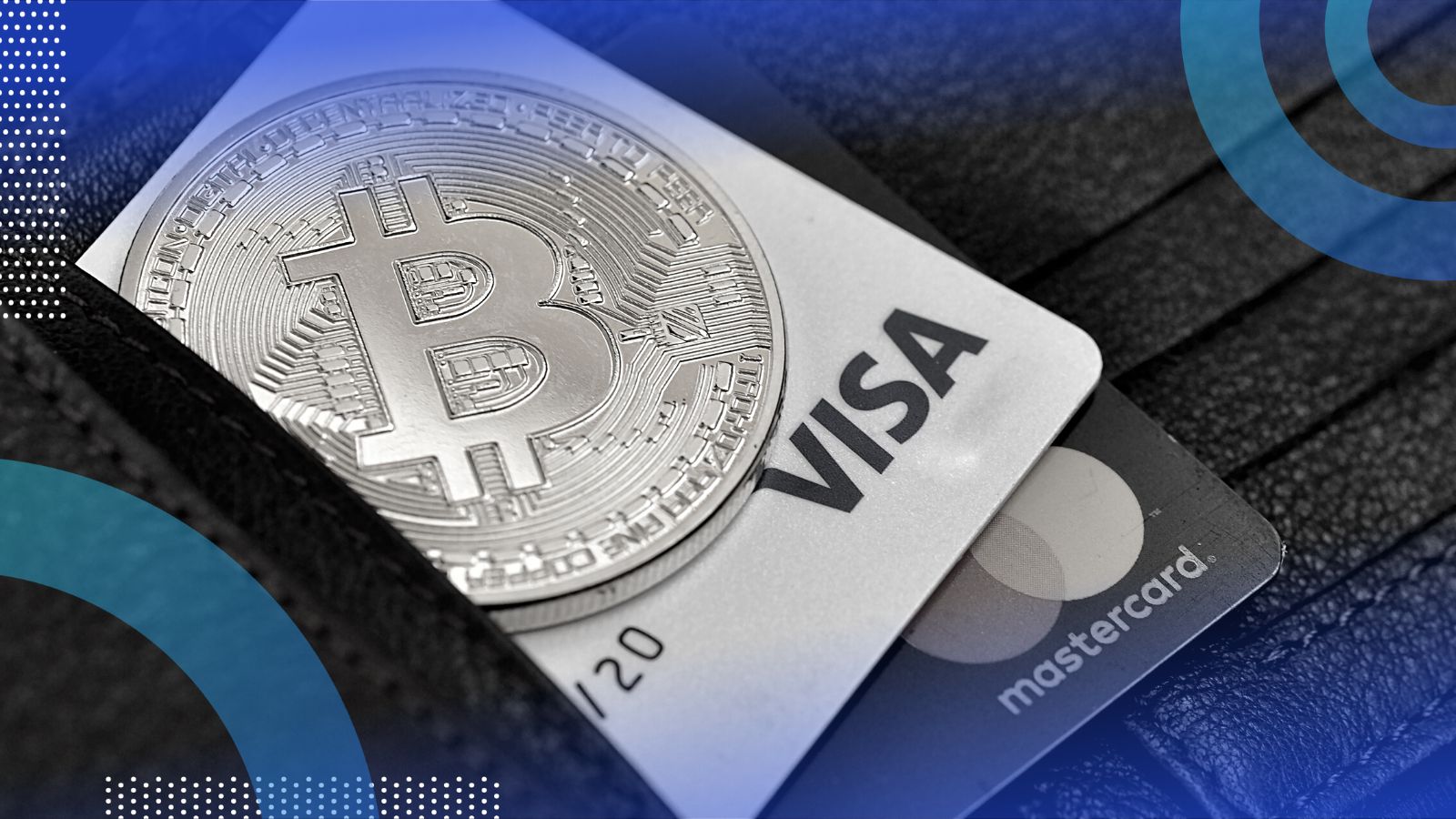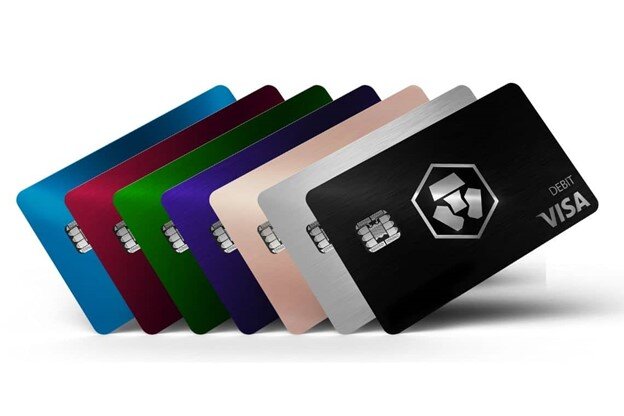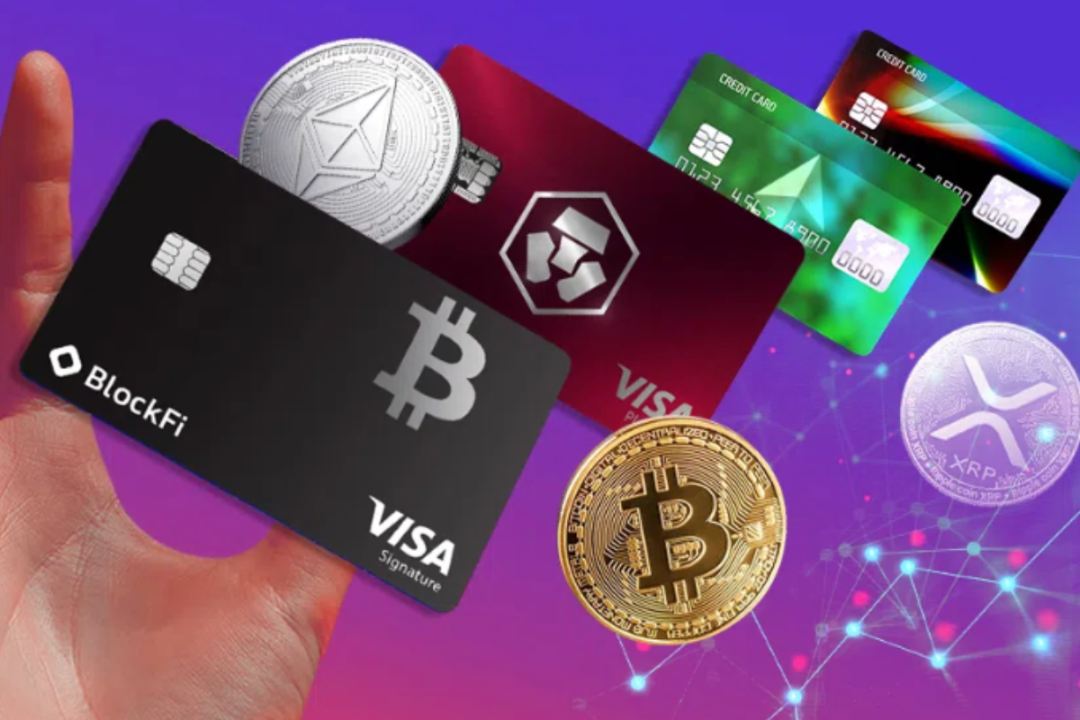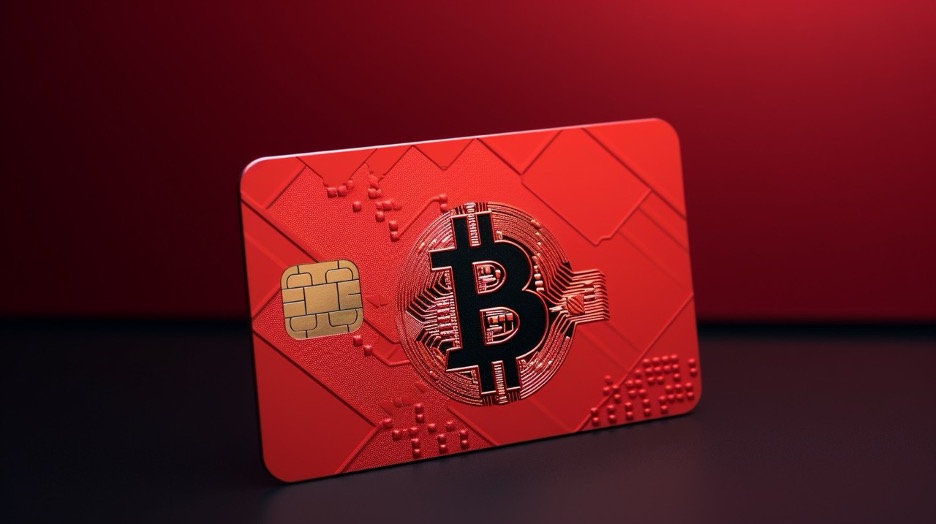1. What is a Crypto Card?

A crypto card is a payment card that allows you to spend your cryptocurrency directly for everyday purchases, just like you would with a traditional debit or credit card. These cards are typically linked to your cryptocurrency wallet, and when you make a transaction, your crypto holdings are automatically converted into the local currency at the point of sale (such as USD, EUR, etc.).
Crypto cards function similarly to prepaid cards, debit cards, or credit cards, but the key difference is that they allow you to spend your cryptocurrency instead of traditional fiat currencies.
2. How to use Crypto Cards?

Using a crypto card is very similar to using any traditional payment card. The major distinction is that you are using cryptocurrency to fund the card, and that cryptocurrency is converted to fiat when you make a purchase. Here's how it works:
-
Sign Up and Card Activation
To get started, you need to sign up for a crypto card. Providers like Crypto.com, Binance, BlockFi and Coinbase offer these cards. After signing up, you can choose the type of card and the cryptocurrency you want to link to your card, such as Bitcoin (BTC), Ethereum (ETH), Litecoin (LTC), or stablecoins like USD Coin (USDC).
-
Funding your crypto card
Once you’ve chosen a card provider, the next step is to fund your card. This can be done by transferring your crypto from an exchange, a wallet, or a crypto account. You may also be able to purchase cryptocurrency through the card provider directly. Many providers offer the option to automatically convert crypto into fiat currencies when you spend it.
-
Making Purchases
Once your card is funded, you can start using it like a regular debit or credit card. The moment you make a purchase, the crypto balance linked to the card is converted into the local currency at the current exchange rate, allowing you to buy products and services from millions of merchants worldwide.
-
Tracking Transactions
Most crypto card providers offer a mobile app or online platform to help you track your transactions, spending, rewards, and balance. You can also check the exchange rate used for your purchases.
3. Types of Crypto Cards

Crypto cards come in various types, offering different features, rewards, and fees. These are the main types of crypto cards available:
-
Prepaid Crypto Cards
Prepaid crypto cards allow you to load your card with a specific amount of cryptocurrency, which is then converted into fiat currency when used for transactions. They generally work on a pay-as-you-go basis and don’t involve any credit or debt. Once the funds are spent, you can reload the card.
-
Debit Crypto Cards
These cards are linked to your cryptocurrency wallet. Instead of preloading the card, you simply make payments, and the crypto you own is converted into fiat currency in real-time at the point of sale. For example, if you want to pay for a cup of coffee, the card will automatically convert a portion of your cryptocurrency into the necessary local currency.
-
Credit Crypto Cards
Credit crypto cards work similarly to traditional credit cards. They allow you to borrow funds for purchases, and you pay back the balance either in fiat or cryptocurrency. These cards often come with rewards or cashback programs, but they may also carry interest charges and fees, depending on the provider.
4. Benefits of Crypto Card

Crypto cards offer several advantages, making them a popular choice among cryptocurrency holders. Here are some of the main benefits:
4.1. Seamless Crypto-to-Fiat Conversion:
Crypto cards make it easy to spend your digital assets without the hassle of manually converting your cryptocurrency into fiat currency through an exchange. The conversion happens automatically at the point of sale.
4.2. Global Acceptance
Most crypto cards are backed by major payment networks such as Visa or Mastercard, allowing them to be used globally wherever these payment networks are accepted. This gives cryptocurrency holders the flexibility to use their assets for travel, shopping, and even online purchases.
4.3. Rewards and Cashback
Many crypto cards come with reward programs that provide cashback or other incentives when you make purchases. These rewards are often given in cryptocurrency, allowing you to grow your crypto portfolio while using your card for everyday purchases. For example, Crypto.com offers up to 5% cashback in crypto for cardholders.
4.4. Enhanced Security
Crypto cards often come with advanced security features like two-factor authentication (2FA), biometric verification (face ID or fingerprints), and anti-fraud measures to protect users from unauthorized access.
4.5. Convenience for Crypto Enthusiasts
For crypto holders, using a crypto card means they can avoid selling their assets on exchanges or dealing with complex processes to convert crypto into fiat currency. The card can be a more convenient, hands-off solution for spending cryptocurrency.
5. Risks of crypto card

Despite the advantages, there are several risks to be aware of when using crypto cards:
-
Cryptocurrency Volatility: Since cryptocurrency prices can fluctuate wildly, the value of your crypto assets may change rapidly. This could impact the amount of fiat currency you receive when you spend your crypto.
-
Regulatory Risks: The regulatory landscape surrounding cryptocurrencies is still evolving, and certain jurisdictions may impose restrictions or taxes on crypto card usage.
-
Fees: Many crypto cards have fees associated with them, including annual fees, foreign exchange fees, and withdrawal fees. Always check the fee structure before applying for a card.
6. Conclusion
Crypto cards are an excellent way for cryptocurrency holders to easily spend their digital assets, offering seamless conversion from crypto to fiat and a range of rewards and benefits. While they come with some risks, the growing adoption and innovation in the crypto card space are making them an increasingly attractive option for crypto enthusiasts around the world. Be sure to consider your spending habits, the associated fees, and the available rewards when choosing a crypto card that best suits your needs.
Readmore:

 English
English Tiếng Việt
Tiếng Việt.png)
.jpg)

.jpg)
.jpg)
.jpg)

.jpg)
.jpg)

.jpg)
.jpg)
.jpg)




